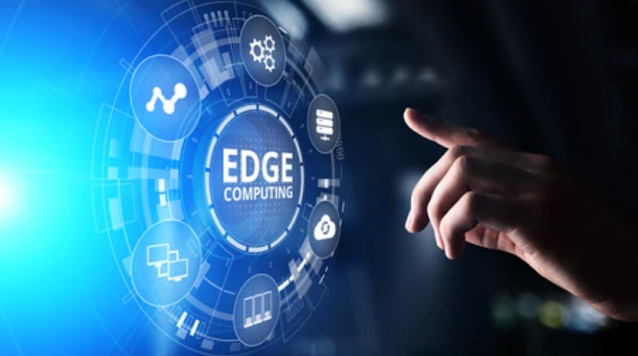Edge Computing and the Cloud: Discussing the concept of edge computing and its relationship with cloud computing.
Edge computing and cloud computing are two complementary paradigms in the field of distributed computing. While cloud computing centralizes computing resources in data centers, edge computing brings computing resources closer to the edge of the network, closer to where data is generated and consumed. Let's explore the concept of edge computing and its relationship with cloud computing in detail:
Edge Computing:
Edge computing refers to the decentralized deployment of computing resources, including processing power, storage, and networking, closer to the edge of the network. The edge refers to devices, sensors, and infrastructure located at the periphery of the network, often at the edge of the Internet of Things (IoT) ecosystem.
Key characteristics and goals of edge computing include:
- Low Latency: By processing data closer to its source, edge computing reduces the latency associated with sending data to centralized cloud data centers for processing.
- Bandwidth Optimization: Edge computing helps alleviate network congestion and reduces the amount of data that needs to be transmitted to the cloud by performing computations and filtering data locally.
- Real-time Decision Making: Edge computing enables faster and real-time decision making by processing data locally and taking immediate actions based on the results.
- Offline Operation: Edge computing allows devices and applications to function autonomously even when the network connectivity to the cloud is intermittent or unavailable.
- Data Privacy and Security: Edge computing can address privacy and security concerns by processing sensitive data locally without transmitting it to the cloud.
Relationship with Cloud Computing:
Edge computing and cloud computing are not mutually exclusive; they often work together to form a hybrid architecture that combines the benefits of both paradigms. Here are some key aspects of their relationship:
- Complementary Roles: Cloud computing provides the infrastructure, scalability, and centralized management for storing and processing large volumes of data, running complex analytics, and hosting applications. Edge computing, on the other hand, extends the capabilities of cloud computing by pushing computation and storage closer to the edge, enabling real-time processing, reducing latency, and optimizing bandwidth usage.
- Data Offloading: Edge computing can offload certain processing tasks from the cloud to the edge devices or edge servers, reducing the amount of data that needs to be transmitted to the cloud and improving response times.
- Data Synchronization: In a hybrid edge-cloud architecture, data collected and processed at the edge can be synchronized with the cloud for further analysis, long-term storage, and integration with other cloud-based services.
- Orchestrating Workflows: Cloud computing can manage and orchestrate the deployment of applications and services across both cloud and edge resources, enabling seamless coordination and efficient utilization of resources.
- Edge-Cloud Continuum: Edge computing and cloud computing exist on a continuum, with various levels of intermediate layers, such as fog computing, that provide a bridge between the edge and the cloud. This continuum allows for a flexible distribution of computation and data processing based on the specific requirements of the application.
Use Cases for Edge Computing:
Edge computing finds applications in various domains, including:
- Internet of Things (IoT): Edge computing enables real-time analytics and local decision-making in IoT environments, reducing latency and bandwidth requirements.
- Industrial Automation: Edge computing can perform local data processing and control in industrial settings, ensuring timely responses and operational efficiency.
- Autonomous Vehicles: Edge computing is essential for processing sensor data in real-time, enabling autonomous vehicles to make split-second decisions without relying solely on cloud connectivity.
- Smart Cities: Edge computing helps in managing and processing data from multiple sources within a smart city infrastructure, facilitating real-time services and optimizing resource utilization.
In summary, edge computing and cloud computing are complementary approaches in distributed computing. While cloud computing provides centralized resources and scalability, edge computing brings computation and data processing closer to the edge, enabling low latency, real-time decision making, and data privacy. The relationship between edge and cloud computing forms a hybrid architecture that leverages the strengths of both paradigms to meet the diverse requirements of modern applications and services.











